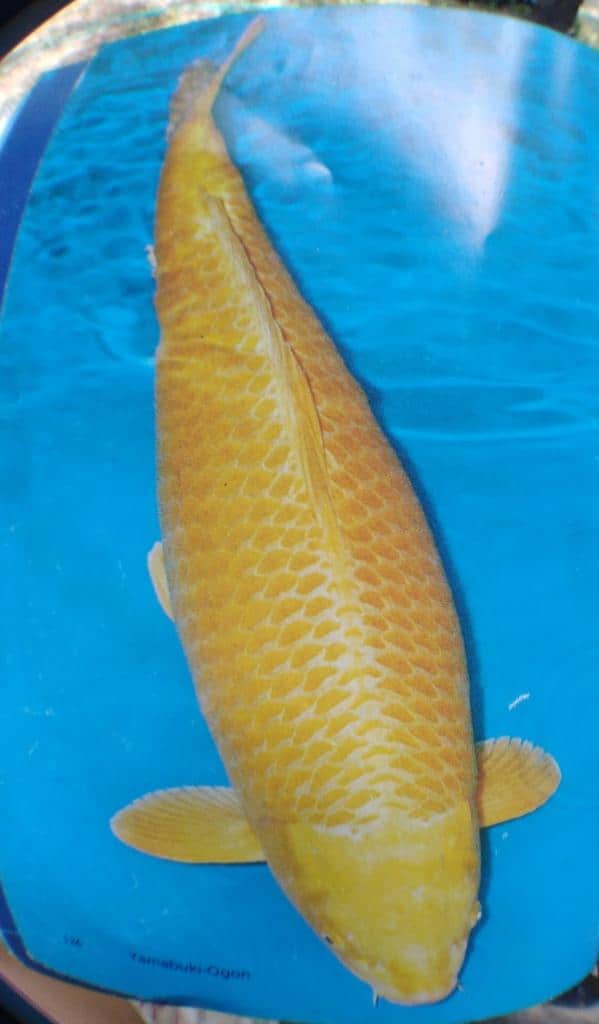Dazzling Ogon Koi: A Guide to Their Metallic Beauty
Ogon koi fish are a stunning variety of koi fish prized for their single, solid color and dazzling metallic sheen. Often hailed as a good choice for beginner koi keepers, these fish offer elegance and grace to any pond.
Understanding Ogon Koi:
- Meaning: The name “Ogon” translates to “golden” in Japanese, aptly reflecting their radiant appearance.
- Color: These koi come in a range of metallic shades, including vibrant gold, platinum white, and even orange.
- Hikarimuji Class: Ogon belong to the Hikarimuji class, where “Hikari” means “shiny” and “Muji” means “one,” highlighting their single, gleaming color.
Platinum Ogon: A Special Star
- A Rare Gem: The Platinum Ogon, also known as Purachina Ogon, is a particularly sought-after variety.
- Metallic White Magic: These koi boast a solid, metallic-white color that shimmers like moonlight on water.
- Flawless Beauty: A clear, unblemished white head and body are essential for a high-quality Platinum Ogon.
Why Choose Ogon Koi?
- Low Maintenance: Their single color makes it easier to spot any health issues, potentially simplifying routine care.
- Friendly Demeanor: Ogon koi are known for their friendly and curious nature, making them a joy to observe and interact with.
- Versatility: Their elegant simplicity complements both vibrant and muted pond landscapes.
Adding Ogon koi to your pond is a surefire way to introduce a touch of shimmering, metallic elegance. Their ease of care and captivating beauty make them a perfect choice for koi enthusiasts of all levels.
Definition
A golden koi is defined as “Ogon”
History
The Story of Ogon: From Peasant’s Dream to Golden Reality
In 1946, a Niigata peasant named Sawata Aoki dreamt of creating a unique koi variety. His journey began with a chance encounter – a young boy offering a carp with glistening gold scales. Enchanted, Sawata bought the fish, igniting a lifelong passion.
He devoted years to selective breeding, choosing offspring with the most vibrant gold. Through four or five generations, he produced koi with golden heads, plateado heads, and other striking variations. Yet, his goal remained elusive – a koi shimmering with pure, metallic gold.
He yearned for a specific koi known as “gin-fuji,” but its exorbitant price was out of reach. His daughter, touched by his struggle, left home to work as a nurse. Upon her return, she offered her hard-earned salary to purchase the coveted parent fish.
From this new breeding endeavor, two extraordinary koi emerged – shimmering golden bodies, flawless and radiant. They were the first true “ogon,” meaning “gold.”
Even as war’s aftermath brought food scarcity, Sawata’s family stood by him. They shared their meager meals to ensure the precious koi were nourished. In rain or wind, Sawata, often hungry himself, trekked to the pond to feed his prized fish, even crushing locusts with his teeth for sustenance.
Finally, after years of unwavering dedication, at the age of 74, Sawata achieved his dream. The ogon, his golden masterpiece, had become a reality, a testament to his passion and his family’s unwavering support.
Points for appreciation
- The head should be brightly golden
- Its scale has golden trimmings. If a fish has these scales spreading on the abdominal region, too the fish is valuable.
- The pectoral fins should be shiny.
- The fish should be well-figured.
- As the temperature rises golden color is apt to become dark. A fish of which golden color does not get dark even in the summer is a good fish
- IN the case of the “Doitsu-Ogon” it should have neatly lined scales without a redundant scale.
Kind
Nezu-Ogon
Shiro-Ogon
A silver Hikarimono is called “Nezu-Ogon”. In Japanese “Nezumi (mouse)iro (color) means grey. “Nezu-Ogon” is shortened word of “Nezumi-Ogon” A whitish Nezu-Ogon is Shiro-Ogon
Platinum-Ogon
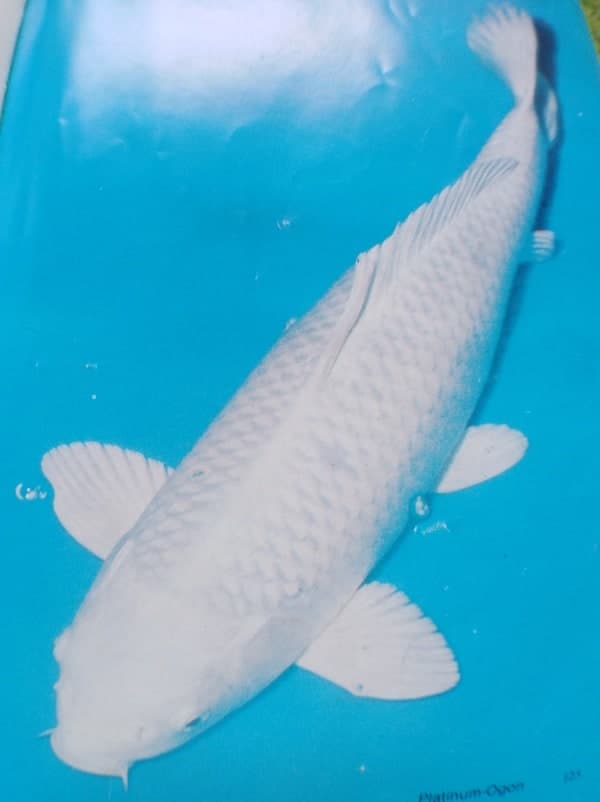
In 1963 Mr. Tado Yoshioka of Uozu city-bred a koi as shiny as platinum, mating a Ki-goi with a Nezu-Ogon.
Yamabuki-Ogon
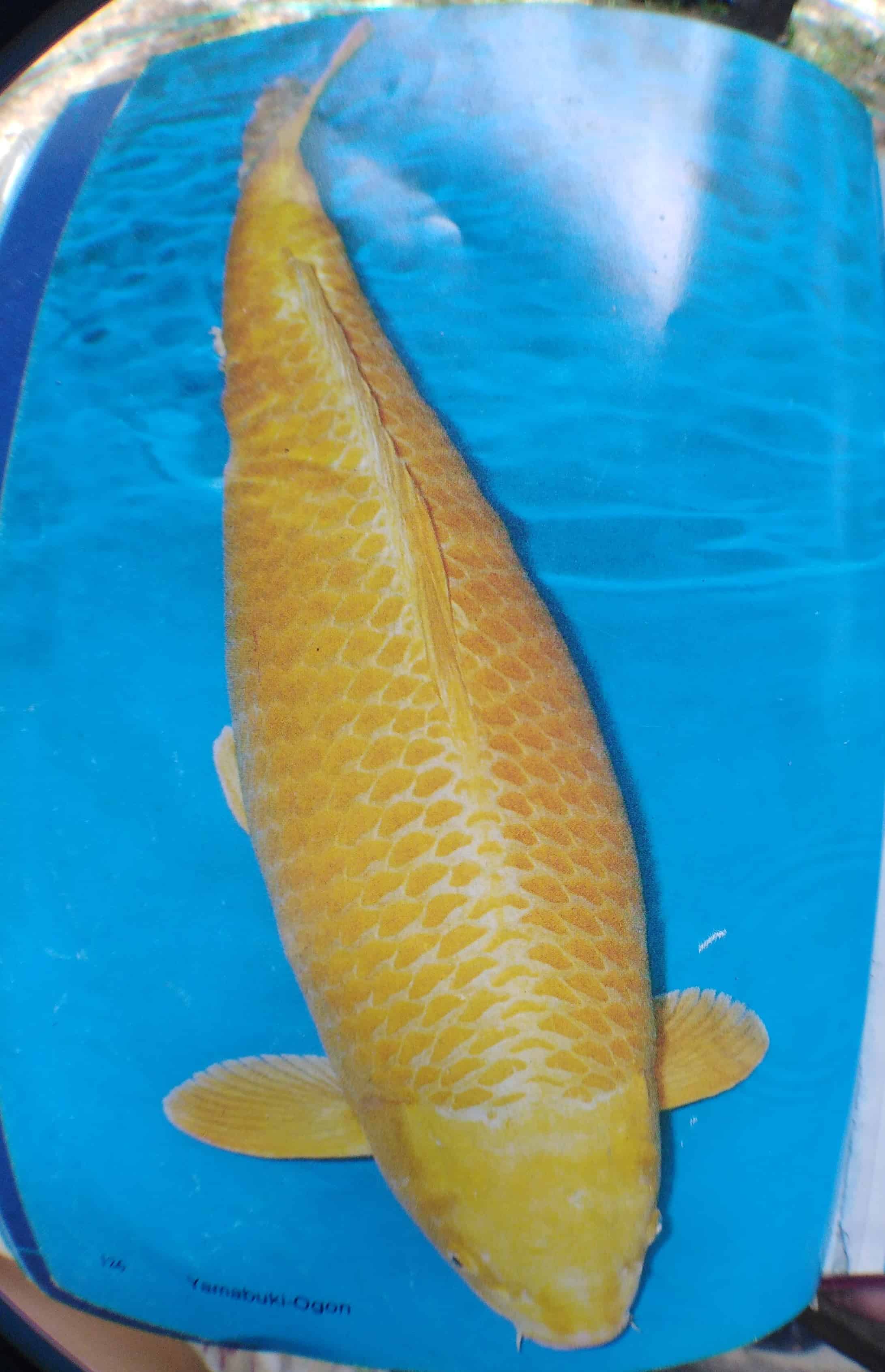
It was bred by Masoka in 1957, a Ki-goi and an Ogon being mated. The fish shines like pure gold.
Orange-Ogon
It is an orange Hikarimono which was first bred in 1956
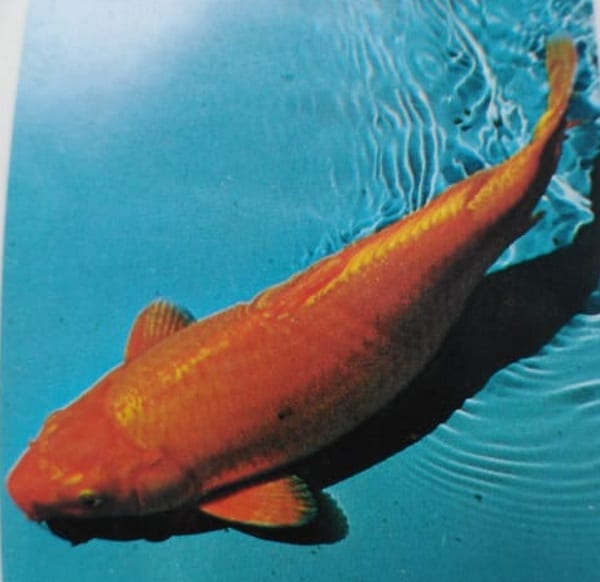
Hi-Ogon
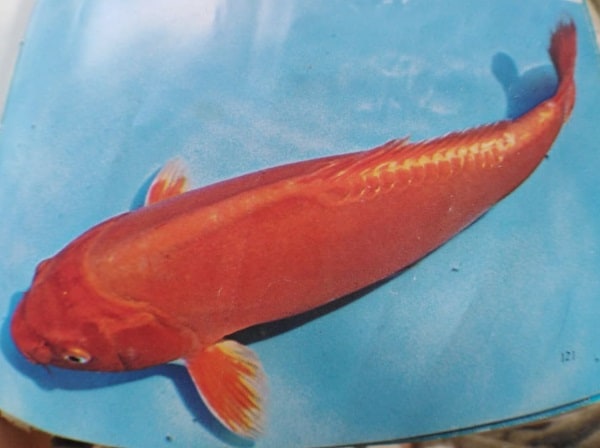
It is red Hikarimono. The points for appreciating Plati-num Ogon and Hi-Ogon are the same as those of the Ogon.
It is especially important that their heads are clear and their scales have shiny trimmings.
Kin-Matsuba (Matsuba-Ogon), Gin-Matsuba
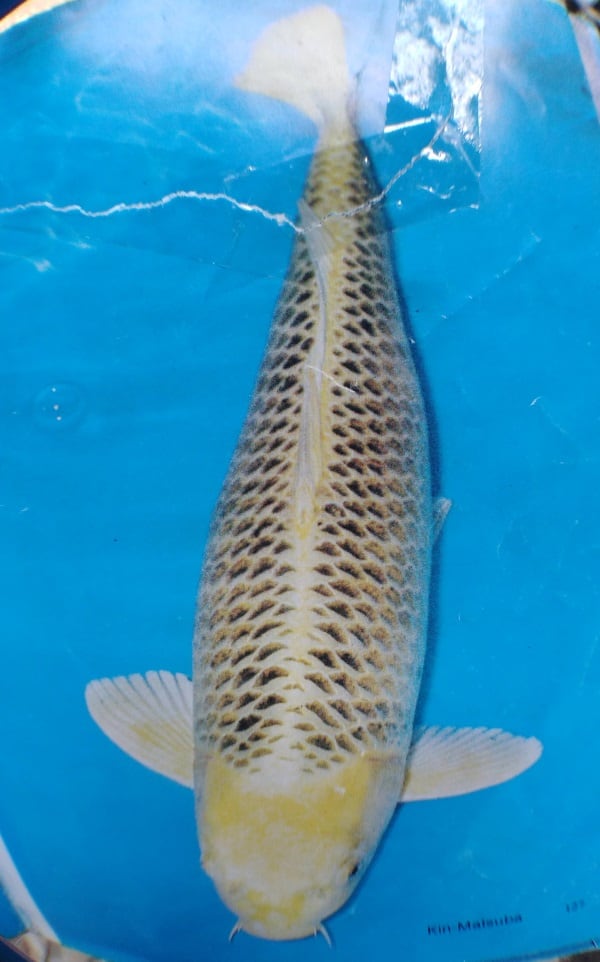
In 1960 Mr. Eizaburo Mano bred a Kin-Matsuba by mating a Matsuba with an Ogon Every scale is brilliantly embossed. The Matsuba with platinum texture is “Gin-Matsuba”
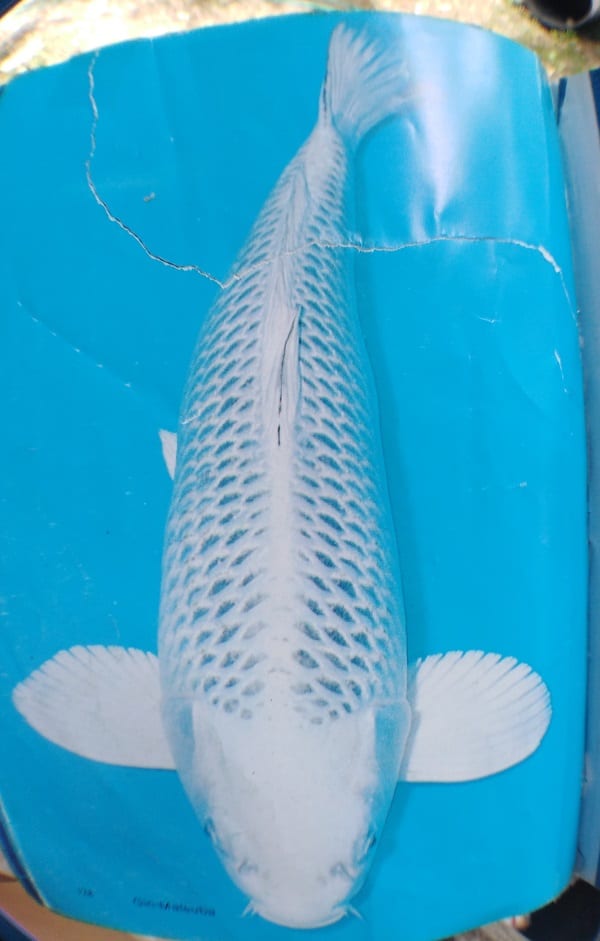
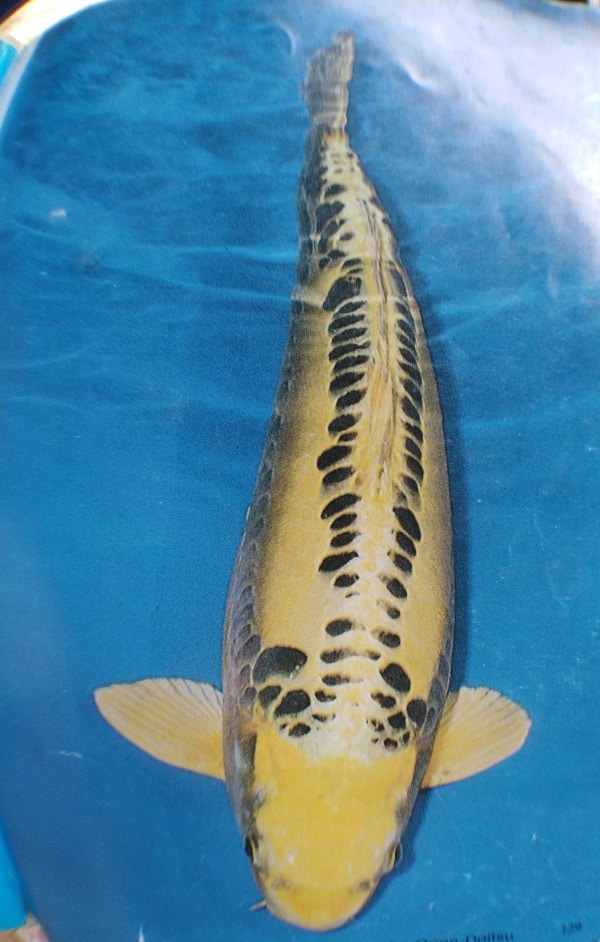
Doitsu-Ogon
It is the Ogon of the Doitsu family.
Platinum-Doitsu
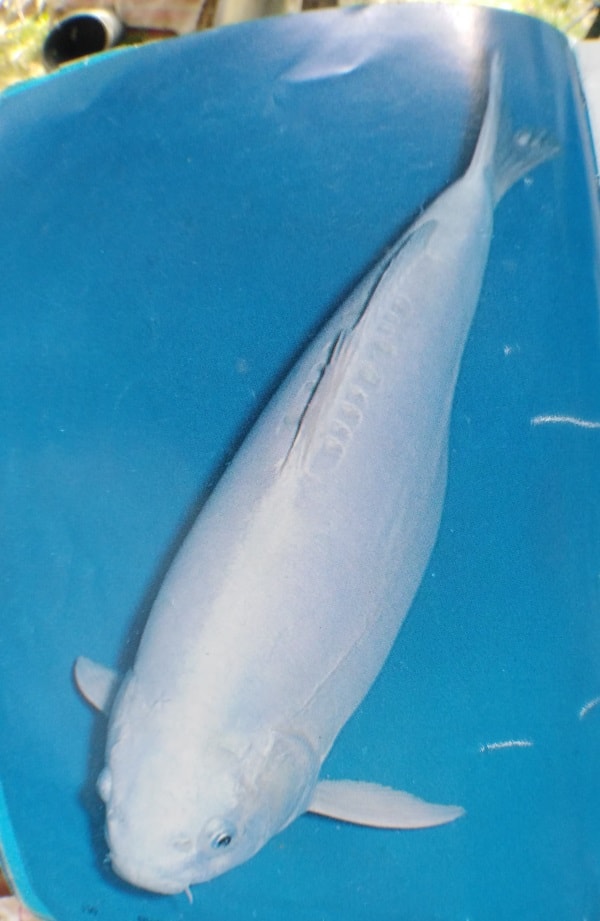
It is the Platinum-Ogon koi fish of the Doitsu family
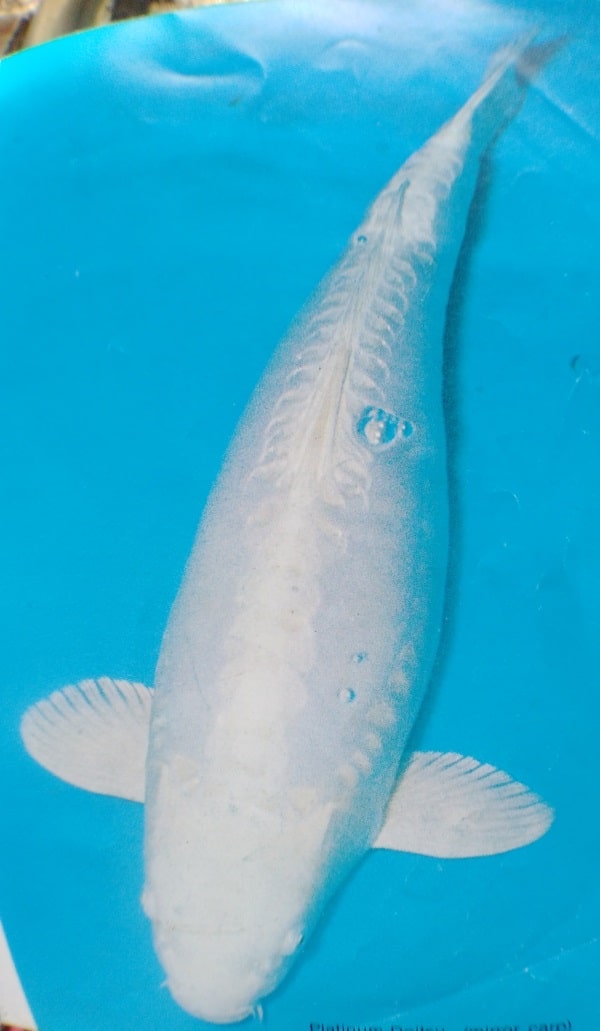
Orange-Doitsu ogon koi fish
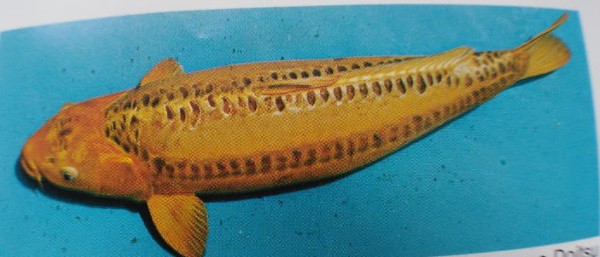
It is the Orange-Ogon of the Doitsu family
Mizuho-Ogon koi fish
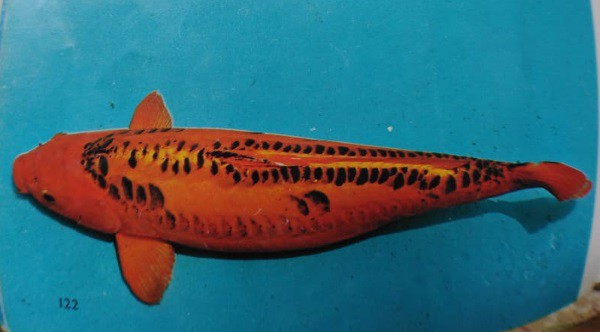
It is the Orange-Ogon with shiny black scales on the back.
Kin-Kabuto, Gin-Kabuto
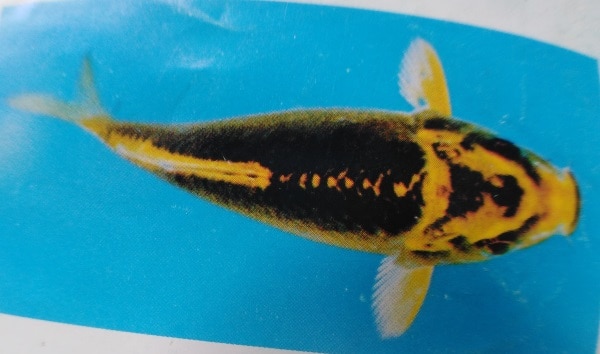
A hoe-shaped pattern shines golden or silver on the head of a black carp. Scales on the black body have golden or silver trimmings.
It is rubbish of the Ogon koi fish, Most of these kind are culled and thrown away.
Kinbo, Ginbo
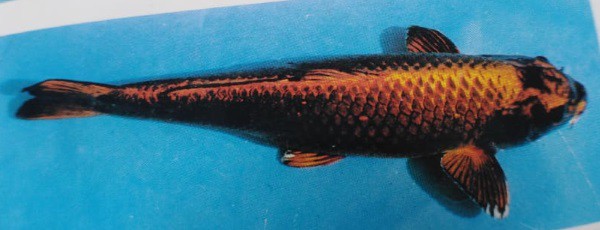
These are also rubbish of the Ogon. Their back shine golden or silver on black texture.
Ogon Koi Fish: A Stunning Variety in Aquatic Beauty
Ogon Koi fish, known for their captivating beauty and elegance, have garnered significant attention among aquarists and enthusiasts worldwide. Originating from Japan, these fish boast distinct characteristics that set them apart from other koi varieties.
Different Varieties of Ogon Koi Fish
In the realm of Ogon Koi, several mesmerizing varieties stand out. The Kohaku Ogon, with its striking red and white coloration, remains a favorite among collectors. The Platinum Ogon, sporting a metallic silver sheen, and the Yamabuki Ogon, displaying a shimmering gold hue, are equally admired.
Characteristics and Physical Attributes
Ogon Koi exhibit an array of colors, including gold, silver, and platinum, with a lustrous metallic shine. They typically grow to a moderate size, around 12-24 inches, showcasing a streamlined body structure. These fish boast a lifespan of 25-35 years when cared for properly.
Habitat and Tank Requirements
Creating a conducive environment for Ogon Koi is crucial for their well-being. Maintaining pristine water conditions, with adequate filtration and a temperature range of 65-75°F, is essential. A spacious tank with ample swimming space is recommended for these active swimmers.
Feeding and Diet
Ogon Koi thrive on a balanced diet consisting of high-quality pellets, fresh vegetables, and occasional protein-rich treats. Regular feeding, avoiding overfeeding, is pivotal in maintaining their health and vibrancy.
Health and Maintenance
While generally hardy, Ogon Koi are susceptible to common fish ailments like parasites and bacterial infections. Monitoring water quality, providing a stress-free environment, and regular health checks are vital for their well-being.
Breeding and Reproduction
Breeding Ogon Koi requires a controlled environment and meticulous care. Understanding their reproductive cycle and employing proper breeding techniques are essential for successful breeding.
Ogon Koi Fish in Japanese Culture
In Japan, Ogon Koi hold significant cultural symbolism, representing good fortune, perseverance, and success. They feature prominently in art, literature, and various cultural ceremonies.
Popular Ogon Koi Fish Varieties Around the World
Beyond Japan, the popularity of Ogon Koi has soared, with enthusiasts across the globe appreciating their beauty. Various regions have witnessed a surge in demand for these stunning fish.
Tips for Keeping Ogon Koi Fish as Pets
Prospective pet owners must consider factors like adequate space, proper filtration, and a balanced diet before bringing home Ogon Koi. Providing a suitable environment is crucial for their overall well-being.
Ogon Koi Fish Care Guide
To ensure optimal care for Ogon Koi, maintaining water quality, regular health checks, and a balanced diet are imperative. Creating a harmonious environment mimicking their natural habitat is key to their longevity.
Notable Ogon Koi Fish Breeders
Several reputable breeders have contributed significantly to the enhancement and propagation of Ogon Koi. Their dedication and expertise have led to remarkable advancements in breeding techniques.
Future Prospects and Innovations
The future of Ogon Koi breeding holds promise, with ongoing innovations and advancements in enhancing their colors, patterns, and overall vitality. These developments are poised to further elevate their allure.
Conclusion
Ogon Koi fish, with their exquisite beauty and cultural significance, continue to enthrall aquatic enthusiasts worldwide. Preserving their elegance and promoting responsible ownership is essential for their continued admiration and appreciation.
Faqs Frequently ask questions?
What is an Ogon Koi?
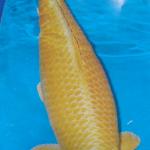
Ogon (meaning “golden”) koi are metallic, solid, single-colored koi fish in the Hikarimuji class (Hikari – “shiny”; Muji – “one”). Ogon has become synonymous with a collective name for metallic, solid-colored koi. … Having them in your pond is a good way to encourage shier koi to hand feed.
How big do Ogon Koi grow?
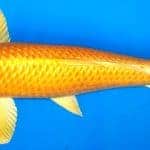
How big do Koi get? Most domestic Koi usually grow about 12 to 15 inches long. Japanese Koi usually grow 22 to 26 inches in long.
Are Ogon Koi fish suitable for beginners?
Yes, they are generally hardy and suitable for beginners with proper care.
How long do Ogon Koi fish live?
With proper care, they can live between 25 to 35 years.
Can Ogon Koi fish live in ponds?
Yes, they thrive in ponds with adequate space and proper filtration.
What do Ogon Koi fish symbolize in Japanese culture?
They symbolize good fortune, perseverance, and success in Japanese culture.
Are Ogon Koi fish high-maintenance pets?
While they require specific care, they are not excessively high-maintenance if their needs are met.
You may also like
- https://www.giobelkoicenter.com/most-expensive-koi-fish/
- https://www.giobelkoicenter.com/matsuba-koi/
- https://www.giobelkoicenter.com/koi-egg-bound/
- https://www.giobelkoicenter.com/ghost-koi/
- https://www.giobelkoicenter.com/metronidazole-for-fish/
